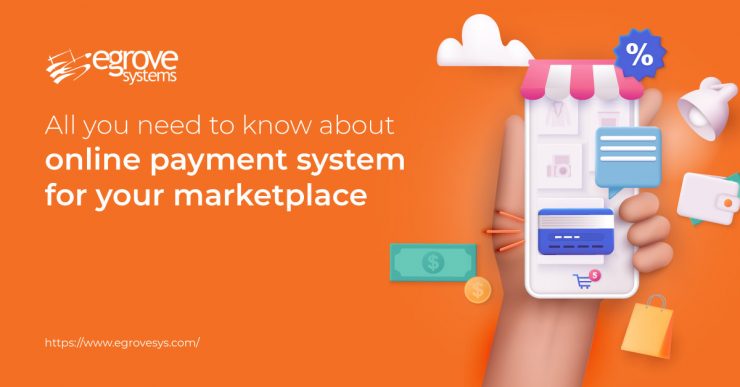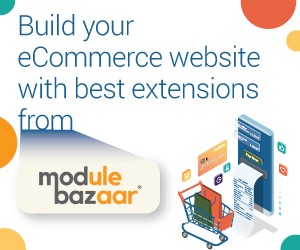As per a recent study report, around 59 percent of website users of ecommerce marketplace are known to stay loyal to a single online multi-vendor unit due to the overall speed of payments. At the same time, it is observed that around 13 percent of the sellers have considered switching to another form of virtual multi-vendor shopping unit because of the clumsy online payment process. The manner in which you are processing the payments on the virtual or ecommerce shopping marketplace aims at influencing your overall ability to retain both the buyers as well as the sellers. For the creation of an effective online payment system for the marketplace, you are required to be aware of all the essential elements that remain crucial to the seamless functioning of the given system.
Elements of Online Payment System for a Virtual Marketplace Payment Gateway
It is referred to as the transactional channel that exists between a buyer & a seller –the online equivalent of the physical POS (Point of Sale).
A payment gateway is known to authorize online payments while preventing fraud. A payment gateway is known to authenticate the credentials of the customers before presenting the provided information to the processor of the payment. Then, the same transmit the approval code along with other confirmation details to the end customers. A payment gateway can help in providing the following features:
- Fraud prevention solutions
- Payment reporting services
- Multi-jurisdictional or multi-currency systems through a single interface
- Multiple payment options –debit cards, credit cards, cross-border payments, e-wallets
Shopping Cart
It could be referred to as the equivalent of the grocery cart –buyers go forward with putting goods into the shopping cart and then proceed with the checkout process.
Read also:Free Shipping vs. Discounted Price! Marketplace Fulfillment Strategy Wars
A shopping cart for the virtual marketplace is capable of performing specific functions as:
- Defining the total costs of the purchased items
- Adding delivery fees
- Subtracting discounts
- Defining sales tax
- Supporting the refund process
- Providing the ability to pay for specific orders for multiple vendors at a time
Attributes of a Successful Payment System for the Marketplace
There are some specific characteristics of the payment system that remain vital for the marketplace users. These are:
- Flexible options for payments
- A shorter turnaround time for money transfers
- Capability of receiving payments every time a vendor sells a product
- Added security
Additionally, it is also recommended to take into account the paying preferences of the clients along with the e-commerce marketplace model.
Acceptable Payment Methods
As per a recent research report, cash-on-delivery and debit cards are regarded as the most common forms of online payment methods that are acceptable.
Cash & debit cards are known to allow users to get instant online payment confirmation. At the same time, these payment modes tend to have a wider global presence as well. Direct debit is known to allow e-commerce multi-vendor providers to gather online payments from the customers who present the necessary bank information while authorizing the virtual shopping marketplace for debiting the same.
















Add comment